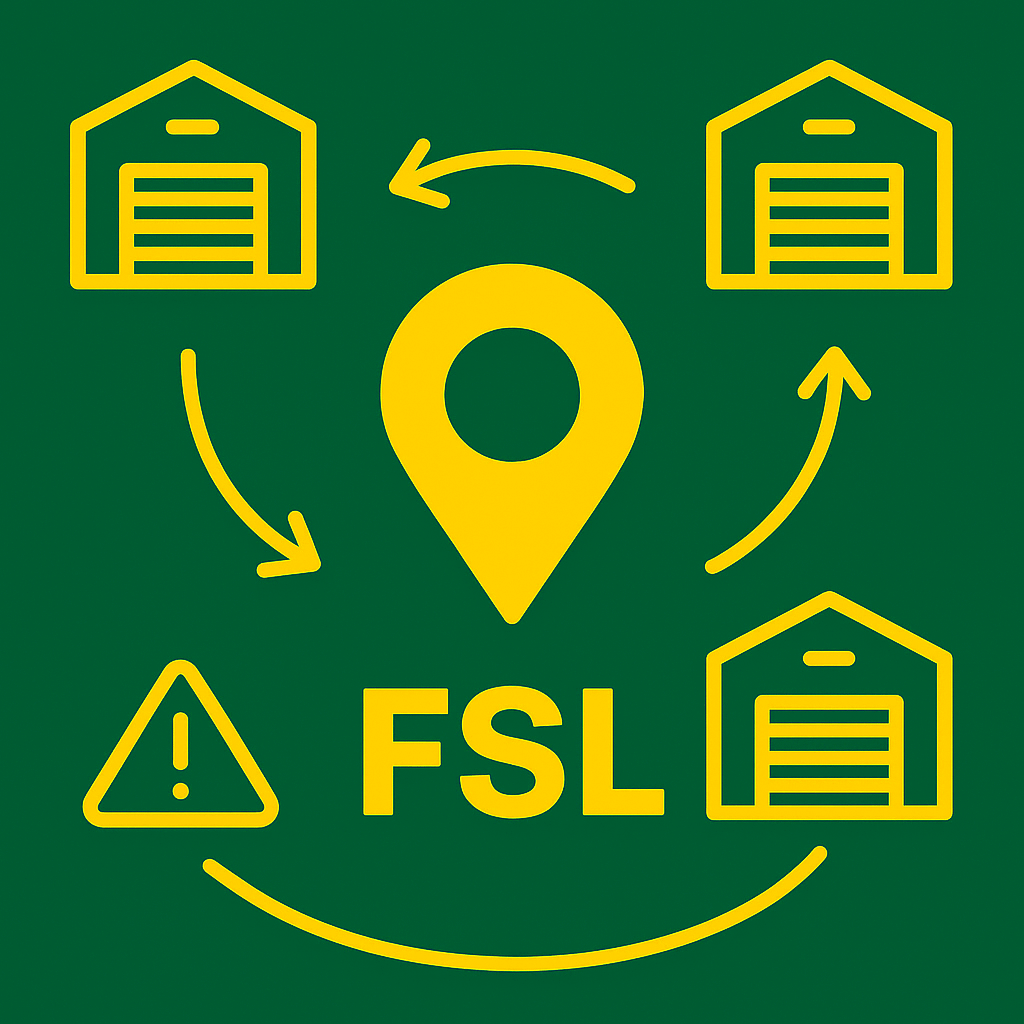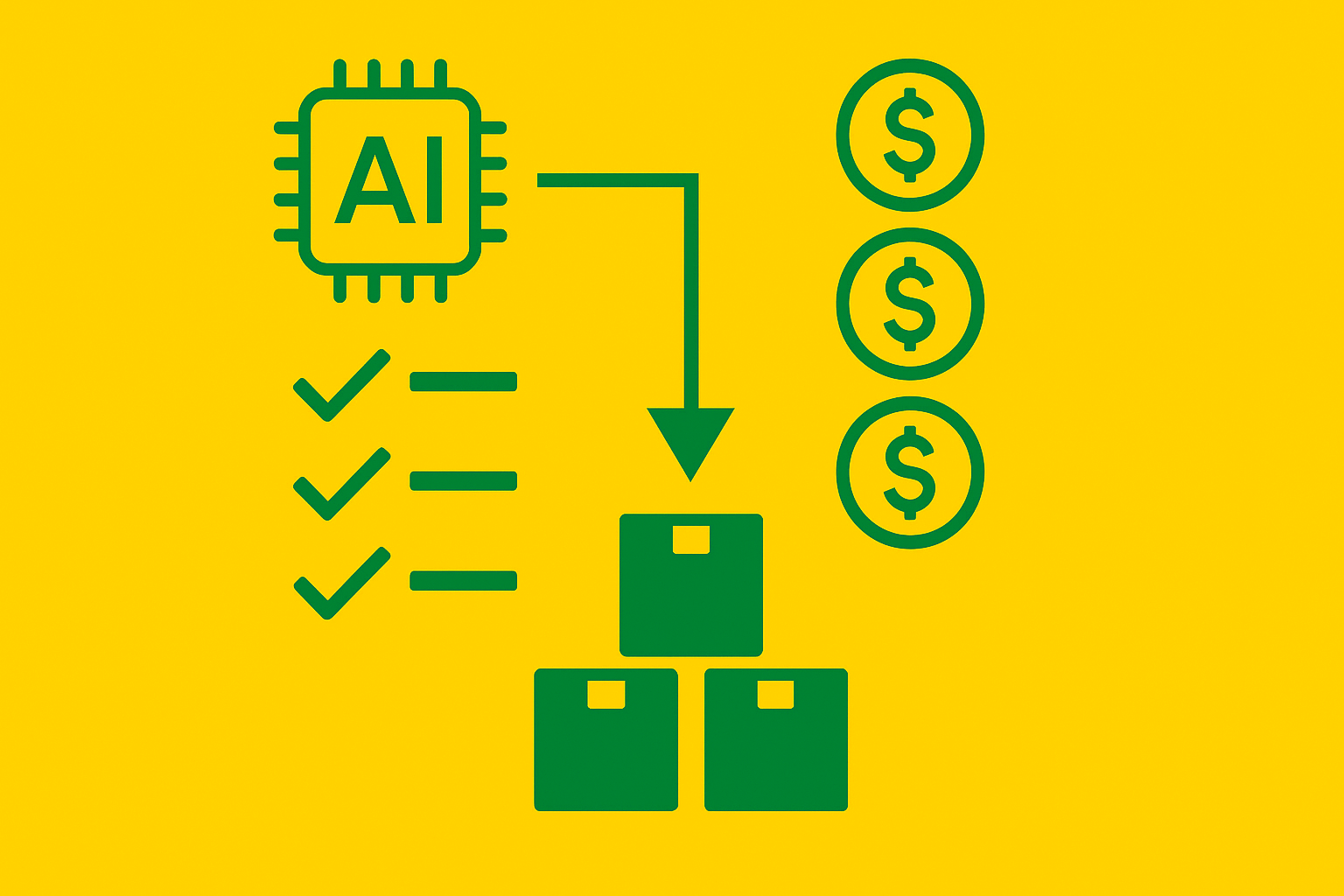Order Routing and Allocation for FSL Networks
Deciding which FSL should fill an order is more complex than just finding the closest site. Can it be shipped by the cutoff time? Do you have excess in another location that will still meet the SLA? Can I fill the order with refurbished inventory?
Questions like these add complexity before you even consider backorders. You need a solution that automates routing and allocation in a transparent way that gives your team confidence and control.


Smart Allocation That Prioritizes What Matters
When inventory is scarce, Cloud Neato intelligently allocates replenishment stock to the highest priority backorders first—based on customer contract tier, geography, and urgency. This ensures that limited inventory goes to where it can create the most value, instead of being consumed on a first-come-first-serve basis.
Allocation rules are flexible and can be configured to match your service contracts, entitlement policies, or regional priorities. As new inventory arrives or transfers are completed, Cloud Neato continuously re-evaluates pending orders and automates release of backorders based on updated supply.
This intelligent allocation model reduces manual exception handling, aligns fulfillment with customer expectations, and helps avoid service penalties due to stockouts or delays.
Intelligent Routing That Reduces Costs and Improves SLAs
Cloud Neato’s AI-powered order orchestration engine selects the optimal source location for each order, ensuring that shipments are fast, cost-effective, and compliant with contractual service levels. Whether you're managing a global forward stocking network or regional hubs, Cloud Neato considers inventory availability, geographic proximity, ASL (Approved Stock List) priority, and cost to determine the best fulfillment path—no manual review needed.
By automating routing decisions, Cloud Neato helps service organizations reduce expedited shipping, lower total fulfillment costs, and improve on-time delivery performance. Our platform supports multi-source logic, including cross-border fulfillment and 3PL-managed inventory, so you can maintain service SLAs while minimizing logistics overhead.

Orchestrate with Confidence
Cloud Neato brings visibility, intelligence, and automation to the most critical part of the service supply chain—getting the right part to the right place at the right time. Our orchestration engine integrates with your service logistics provider and ERP systems to ensure decisions reflect real-time data and contractual requirements.
No spreadsheets. No guesswork. Just smart orchestration designed for modern service operations.
Frequently Asked Questions
What is service parts order orchestration?
Order orchestration is the process of automatically determining how to route and allocate service parts from a network of forward stocking locations (FSLs). It considers factors like stock availability, proximity, urgency, and service-level agreements to ensure timely fulfillment.
How should the source location be selected for fulfilling a service parts order?
The optimal FSL is typically selected based on a combination of variables such as geographic proximity, inventory availability or excess, order cut-off times, and entitlement rules tied to the service contract. Some modern systems may also consider whether parts must be new or refurbished.
How can backorders be prioritized effectively?
Backorder prioritization relies on rules that take into account customer entitlement, location, and available stock. Smart allocation systems apply these factors dynamically to maximize service level compliance and asset uptime.
What’s the difference between AI-based order orchestration and traditional tools?
Traditional tools often depend on static rules or manual intervention. AI-based orchestration can adapt in real-time to changes in inventory and business conditions, improving decision accuracy, reducing fulfillment costs, and enhancing overall service performance.